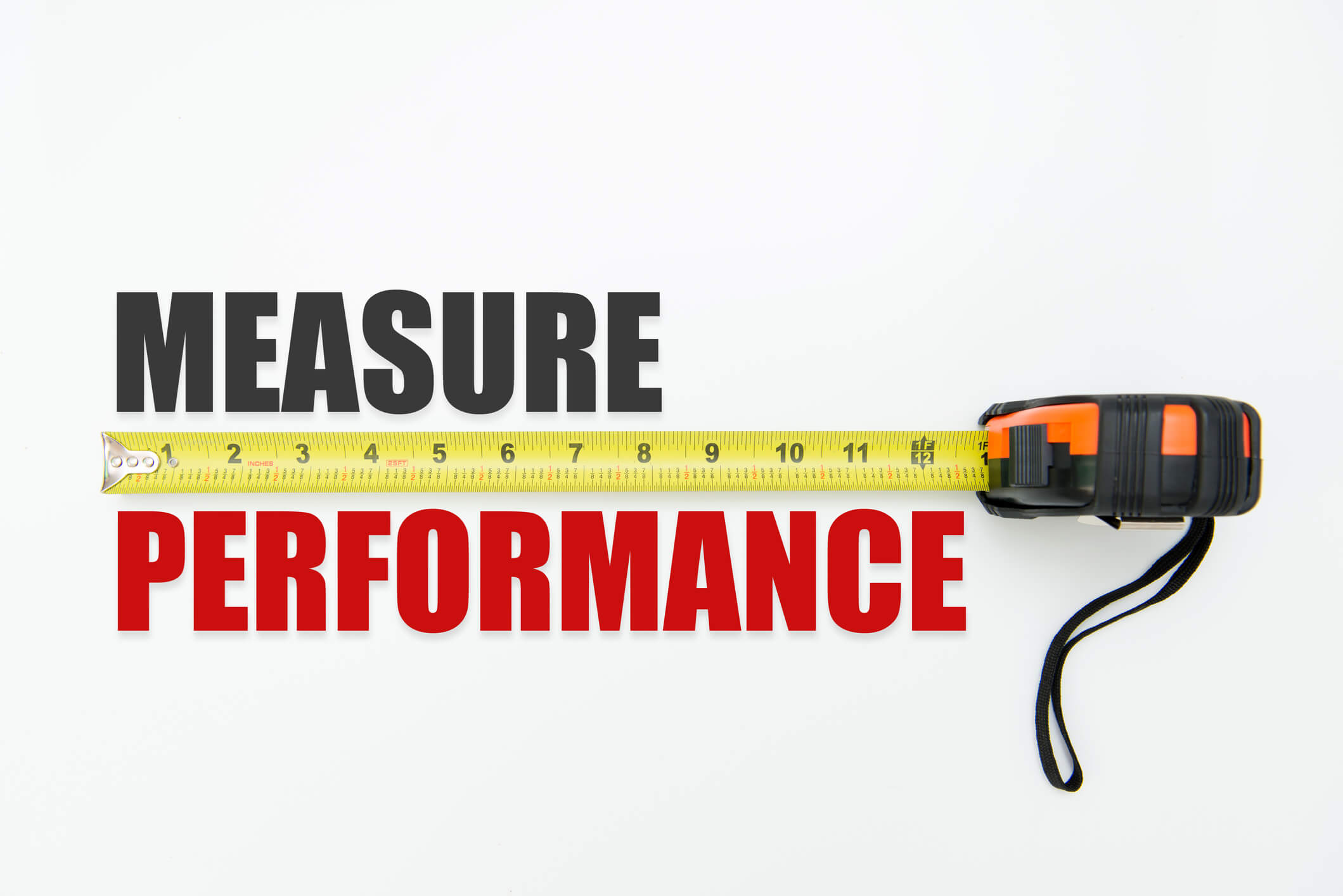Every business owner new to the restaurant industry must be familiar with its fundamentals. The restaurant industry is one of the most challenging industries to be successful in, so it would be wise to educate yourself in all aspects. If you are in the food servicing business or a restaurant owner, you must track and evaluate specific performance metrics over time to understand your business’s status. Restaurant owners who regularly calculate their business performance metrics can easily identify areas for improvement and catch negative trends.
Where do you get the information to calculate your business performance metrics? Bookkeeping will help you provide all the necessary and relevant information from which all your accounts are formulated. Bookkeeping is a recognized and well-defined process in business and accounting. Whatever the nature (purchase or sale) of each transaction, it must be recorded. Bookkeeping helps ensure accurate and timely records.
However, increasing a business’s profitability and efficiency does not happen overnight. Operating a restaurant involves:
- Many moving parts.
- Many different revenue channels.
- Costs.
- Factors that eventually influence the net loss or profit.
One cannot expect to make a change in one area and see all margins and operations improve. In fact, running a profitable enterprise requires constant testing and modification until best practices are found for the business.
Below are two important metrics to calculate and use to help a new restaurant owner measure and improve performance.

Break-Even Point
One of the first performance metrics you should calculate is your break-even point. This figure will identify precisely how much you need in sales to earn and recuperate your investment. The break-even point figure can also be used to forecast the time it will take you to receive and earn back that money. Break-even is one must-have performance metric to investigate if you wish to invest in a new restaurant.
Break-even can also justify large purchases, such as launching a brand-new marketing campaign or a commercial kitchen remodel. Claiming the purchase will cost $30,000 is one thing, but considering that the recovery will take four months is a more realistic measurement of investment.
Calculating the Break-Even Point
Sales of one month = $10,000
Variable costs = $3,000
Fixed costs = $4,000
Break-even point = $5,714.29 for the month
However, this means you will start earning your profit after selling $5,714.29 worth of drinks and food.
The equation for the break-even point is:
Total Fixed Costs ÷ ((Total Sales – Total Variable Costs) / Total Sales) = Break Even Point
In this case, $10,000 – $3,000 = $7,000.
$7,000 / $10,000 = 0.7, and
$4,000 divided by 0.7 gives you $5,714.29.

Cost of Goods Sold (COGS)
The cost of Goods Sold (COGS) denotes the cost needed to produce the beverage and food items that you will sell to your guests. Thus, the COGS is just a depiction and sign of the restaurant’s inventory for a definite period.
You must keep track of your COGS because it is one of the major expenses a restaurant must sustain. Certain ways are identified to minimize these costs, including picking in-season ingredients or reaching an agreement with the food distributor on better rates. Every dollar saved on COGS is a dollar towards the restaurant’s gross profit.
Calculating the Cost of Goods Sold (COGS)
Inventory at the start of the month = $5,000
Purchase of another inventory = $2,000 in the month
Ending the month of inventory worth left over = $4,000
The cost of goods sold for the month will be:
$5,000 + $2,000 – $4,000 = $3,000
The equation for Cost of Goods Sold (COGS) will be:
Beginning Inventory + Purchased Inventory – Final inventory = Cost of Goods Sold (COGS)
 About Complete Controller® – America’s Bookkeeping Experts Complete Controller is the Nation’s Leader in virtual bookkeeping, providing service to businesses and households alike. Utilizing Complete Controller’s technology, clients gain access to a cloud platform where their QuickBooks™️ file, critical financial documents, and back-office tools are hosted in an efficient SSO environment. Complete Controller’s team of certified US-based accounting professionals provide bookkeeping, record storage, performance reporting, and controller services including training, cash-flow management, budgeting and forecasting, process and controls advisement, and bill-pay. With flat-rate service plans, Complete Controller is the most cost-effective expert accounting solution for business, family-office, trusts, and households of any size or complexity.
About Complete Controller® – America’s Bookkeeping Experts Complete Controller is the Nation’s Leader in virtual bookkeeping, providing service to businesses and households alike. Utilizing Complete Controller’s technology, clients gain access to a cloud platform where their QuickBooks™️ file, critical financial documents, and back-office tools are hosted in an efficient SSO environment. Complete Controller’s team of certified US-based accounting professionals provide bookkeeping, record storage, performance reporting, and controller services including training, cash-flow management, budgeting and forecasting, process and controls advisement, and bill-pay. With flat-rate service plans, Complete Controller is the most cost-effective expert accounting solution for business, family-office, trusts, and households of any size or complexity.



